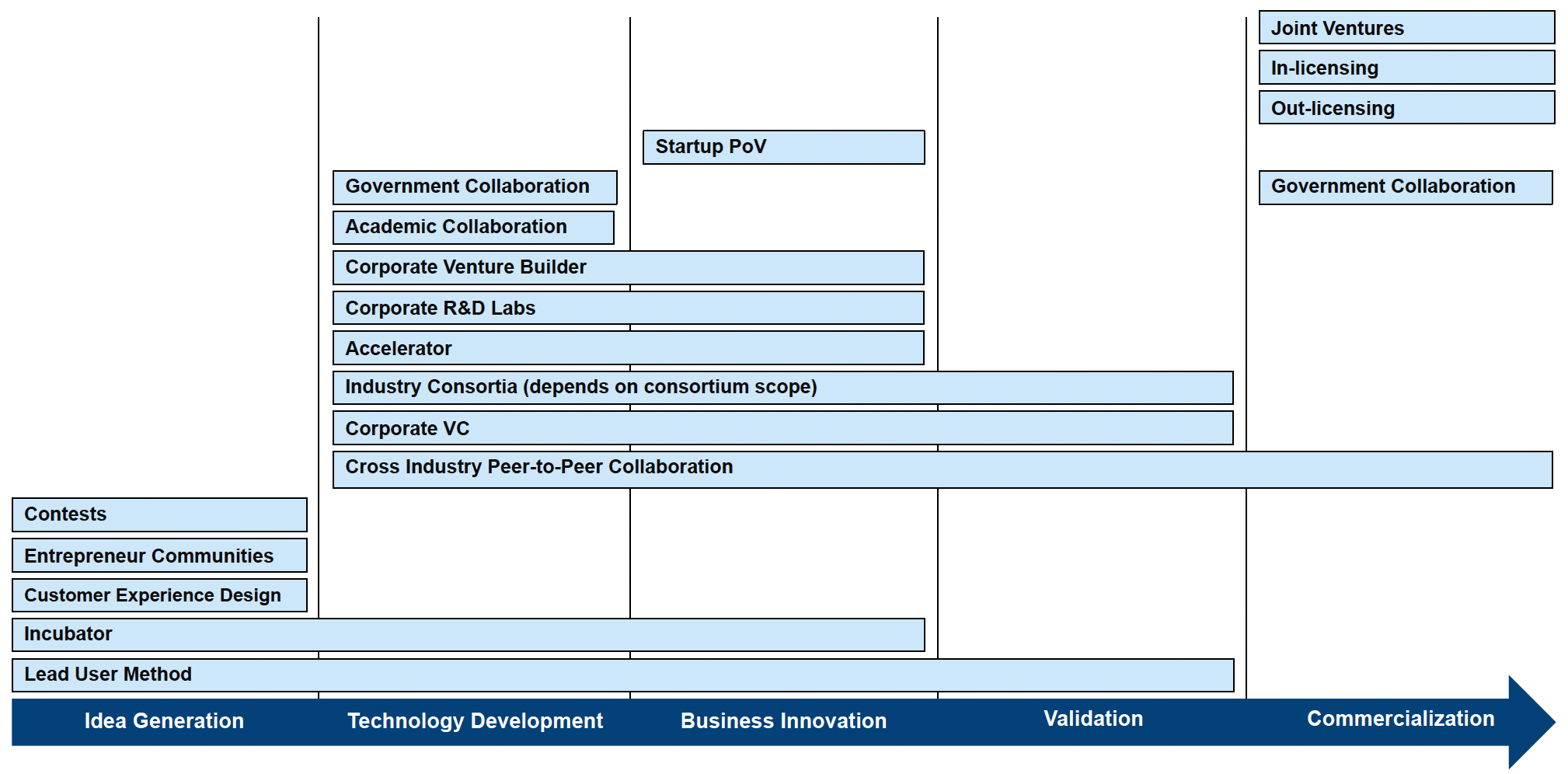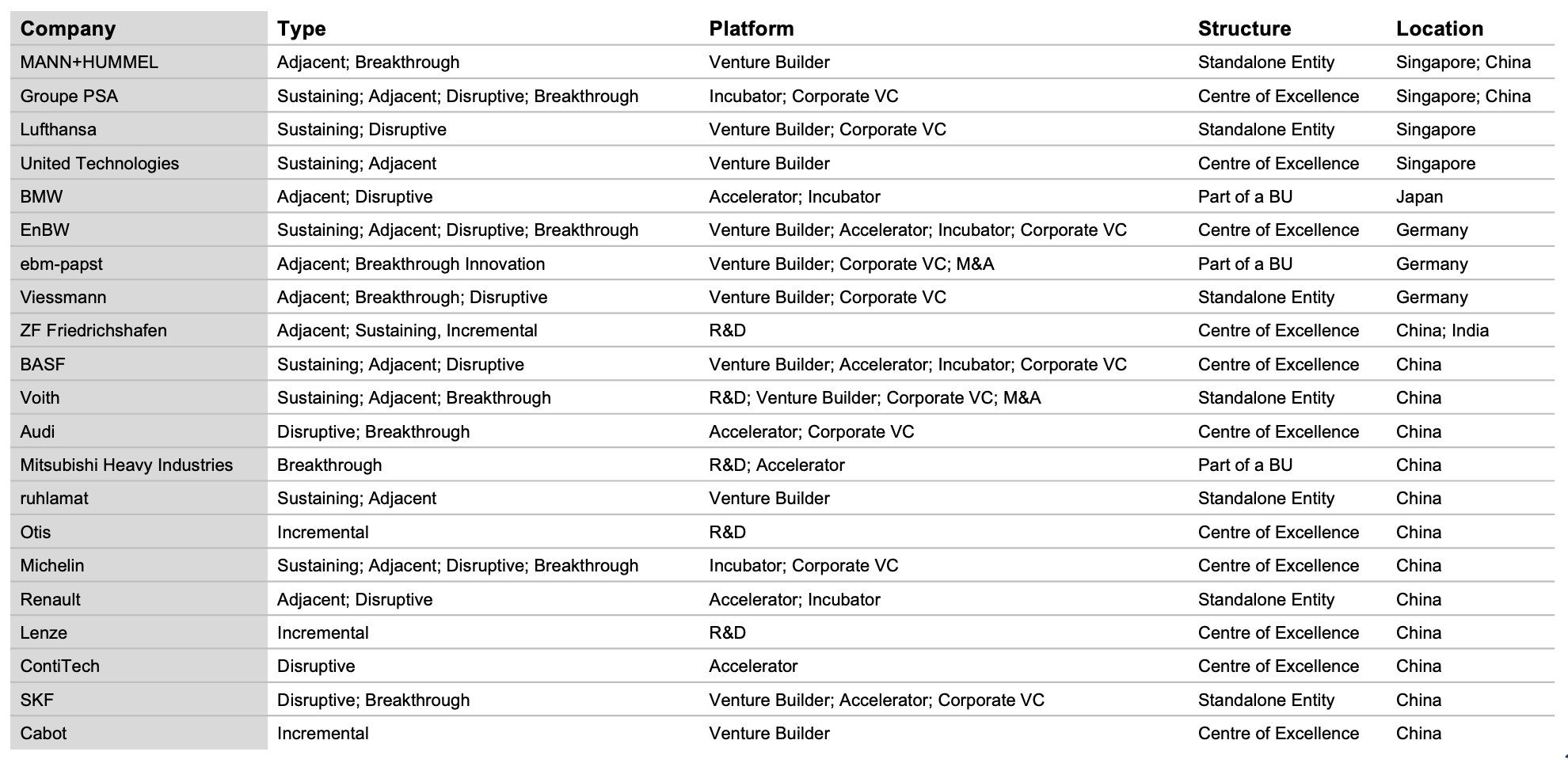Innovation
| Equipment & Machinery
Asia Innovation Footprint Strategy
Client
The VP of Innovation for a construction equipment manufacturer recognized the need to expand capabilities into Asia but was uncertain which capabilities were needed, and where.
Situation
Asian markets have become increasingly central to the growth of a European construction equipment manufacturer. Yet competition has also become fierce as global players expand in the market and local players improve their quality and portfolio breadth. In order to participate in the region’s growth, the VP of innovation recognized the need to build local innovation capabilities.
The company had a mature production and sales force in APAC to build upon but lacked local product management and development teams. Software development was identified as a critical enabler since it is easier to customize for the needs of specific customer segments than hardware. Software is also often more important as a local differentiator since hardware specification requirements tend to be more universal than software requirements. Building this capability would require the development of both an internal team and a partner ecosystem able to provide specific expertise.
The company had a mature production and sales force in APAC to build upon but lacked local product management and development teams. Software development was identified as a critical enabler since it is easier to customize for the needs of specific customer segments than hardware. Software is also often more important as a local differentiator since hardware specification requirements tend to be more universal than software requirements. Building this capability would require the development of both an internal team and a partner ecosystem able to provide specific expertise.
Approach
Asia Growth Partners worked closely with the VP of innovation and the local project manager to identify requirements from the perspective of headquarters and the region. In parallel, we benchmarked the innovation localization approaches taken by similarly sized European and American manufacturers. Through desktop research and management interviews, we identified their motivations, their organizational structures, which countries and cities they placed resources in, who they hired, and the innovation processes and activities they managed.
After cross-analyzing internal requirements against peer benchmarks, we worked with the client to develop an innovation roadmap to guide their approach in APAC. In addition to internal capacity development, the roadmap included an assessment of critical capability gaps that needed to be addressed through ecosystem development.
After cross-analyzing internal requirements against peer benchmarks, we worked with the client to develop an innovation roadmap to guide their approach in APAC. In addition to internal capacity development, the roadmap included an assessment of critical capability gaps that needed to be addressed through ecosystem development.
- Identify requirements from the perspective of headquarters and the region.
- Benchmark the innovation localization approaches and structures of peer companies.
- Cross-analyze internal requirements against peer benchmarks.
- Develop an innovation roadmap to guide innovation localization in APAC.
- Assess critical capability gaps that need to be addressed through ecosystem development.


Results
- Asia Growth Partners’s recommendations led to implementation of an open innovation model focused on digital product development in the Chinese and SE Asian markets, with Singapore as the SE Asia center of excellence.
- Local sales teams were also engaged as internal sources of insight into customer requirements. This may seem intuitive but local sales teams are often not asked to contribute growth ideas at multinational companies. Their input provided a broad and steady trickle of new product, channel, and business model ideas.












